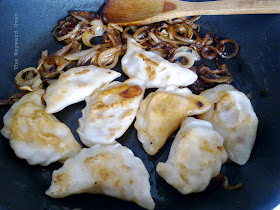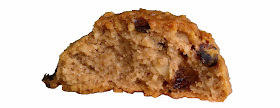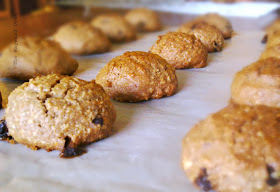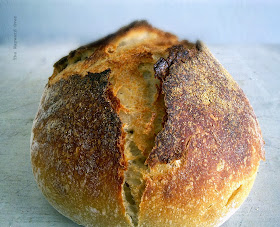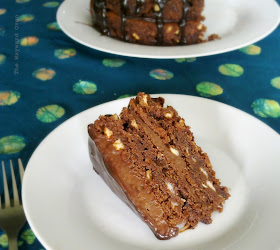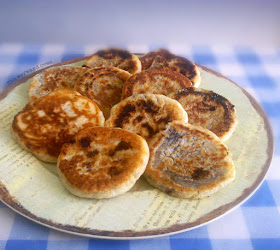 |
| POTATO-CHEESE PIEROGIES WITH SAUSAGES AND FRIED ONIONS |
In a "celebration" of past Daring Baker and Daring Cook challenges, Lisa challenged all of us to search through the Daring Kitchen archives and pick any one we'd like! The REAL challenge was picking which delicious recipe(s) to try!
Now, I have been a Daring Baker for a few years now and the reason I chose to be a baker and not a cook was because I could not resist making all those sweet baked goods. I have participated almost every month since I started – some dishes have come out well, others were excellent, and there were a few miserable failures as well. But I've learned many new things.
So for the challenge, I could have tried out a bake I had never done before, or gone back to one that had failed. But I decided to put aside the sweets this time and try out a Daring Cooks challenge.
So I am making pierogies (August 2010 challenge hosted by LizG of Bits n' Bites and Anula of Anula's Kitchen) for the first time and after the whole process, which has several steps, I ask myself, "Why?" Why is this the first time I am making pierogies?! They're wonderful!
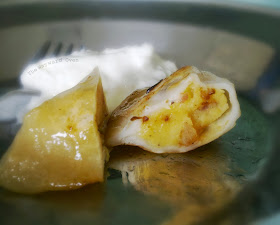 |
| Use the water after boiling the potatoes for the filling to make the dough |
No doubt about it, pierogies are stodgy, so don't eat too many of these before doing something that requires moving about a lot. I had seven in one go – couldn't resist! – and had to have a lie-down after that.
Makes 30 pieces
Filling
300g potatoes, (about 4 medium) peeled and halved
4 rashers streaky bacon (optional)
1 medium (about 70g) white onion, finely chopped
1 clove garlic, minced
50g (about ½ cup) shredded sharp cheddar (or other cheese)
Salt and pepper, to taste
Dough
300g (about 2 cups) pau/bao flour (low-protein flour; or use all-purpose)
2 tbsp sour cream
175ml (about ¾ cup) warm potato water, plus extra
To make the filling, heat a pan and fry the bacon without any oil. Once the bacon is crisp and the oil is rendered, remove the bacon and crumble or chop. Sauté the onions in the bacon grease and cook until golden. Add the garlic and fry briefly. Set aside.
Boil the potatoes in plenty of lightly salted water until tender. Drain, retaining about 1 cup of the water.
Return the cooked potatoes to the pot over low heat to dry out slightly, 1 minute. Take pot off the heat and add the crumbled bacon, onion mixture and shredded cheese. Mash the potatoes, then let the mixture cool.
To make the dough, place the flour in a bowl. Stir in the sour cream. Make a well in the centre and add almost all the potato water. Bring the mixture together, adding more water a tablespoon at a time if necessary, until a soft dough forms. It should not be sticky. Cover and rest for 15 minutes.
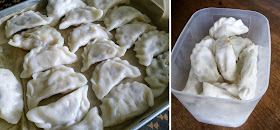 |
| Pierogies: boiled and frozen. They may look bland, but these little half-moons pack flavour - and comfort. |
To assemble, roll out the dough to about 2mm and stamp out 7cm circles with a plain cookie cutter or drinking glass. Turn a dough circle over so the moister side will now be on top, and place a teaspoon of filling in the centre; press the opposite edges together firmly to form a semi-circle. The edges do not need to be crimped as they stick together well but for a bit of decoration, crimp away! Place the half-moons on a lightly floured plate.
Bring a large pot of water to the boil; salt lightly. Boil the pierogies in batches. When they float, leave them in for 1-2 minutes longer, then transfer to a tray lined with greaseproof paper. If desired, the pierogies may be frozen after they cool. Freeze them in one layer, then transfer to a freezer-proof plastic bag.
Serve them with sour cream, or lightly fry them on each side and serve with fried onions and good-quality sausages.
* * *
And on the Bakers' side...

